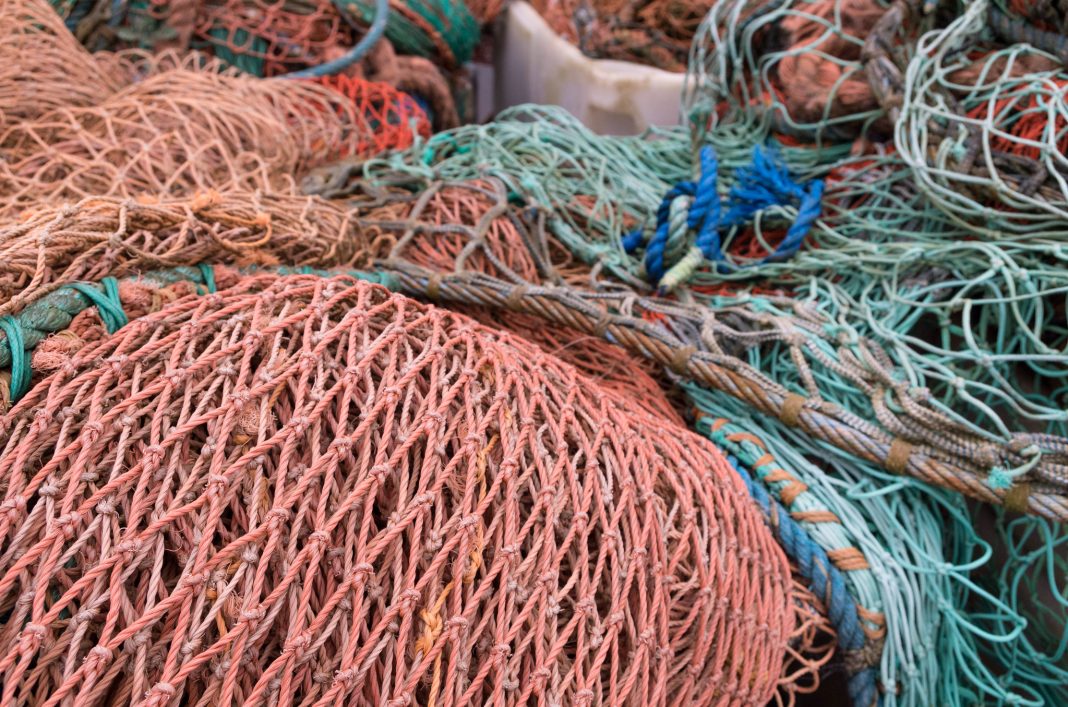One of the greatest problems facing the world’s oceans today is the issue of ‘ghost’ fishing nets.
Ghost nets are pieces of net that are lost or thrown away by fishermen at sea. These bits of net can float around the oceans for years, posing a series threat to marine life.
Creatures such as whales, seals, dolphins, sharks, turtles, fish and seabirds can get tangled in the nets, which can lead to severe injury and death.
As ghost nets decay, they can also contribute to plastic pollution as they break down into their constituent parts, some of which are made of this material.
Plastic pollution is also a serious problem in the world’s oceans. For example, one expanse of floating bits of plastic off the coast of California is twice the size of Texas.
But now academics at Newcastle University have come up with an invention that could massively reduce the harm done by ghost nets.
A project involving Newcastle University and the Universities of Aveiro in Portugal and Santiago de Compostela in Spain has developed NetTags – small tag-like acoustic devices that can be fitted to nets and other fishing gear.
These tags can pick up and respond to incoming signals and can even hook themselves up to the internet.
Jeff Neasham, from Newcastle University’s School of Engineering, said, “By attaching miniature, low-cost, subsea acoustic transponders to fishing nets and other gear, the aim is to be able to precisely locate lost gear from a search vessel and to investigate how underwater robots may be used to aid recovery where necessary.”
“A unit on board the surface vessel will send out signals and any tagged gear within a range of three kilometres will send a reply from which it may be located.”
“Recent developments by our team have delivered technology which is cheap enough to be viable and low enough in energy consumption to allow small battery-powered devices to be located many months after they are lost.”
“We want to achieve a win-win situation where modest investment by fishermen can be more than paid back, by avoiding the loss of valuable assets while also significantly reducing a major source of plastic pollution in the marine environment.”
As radio waves cannot penetrate water, acoustic waves must be used by the devices, which are about the size of a matchbox.
The signals the tags send out can interact with many applications used for underwater data gathering, diver messaging and asset tracking, thereby hooking the tags up to the internet of things. (A network of physical objects and everyday items which are connected to the internet and can therefore interact with and learn from each other, supply data and be remotely controlled.)
Newcastle University has been researching underwater communication techniques for more than 25 years. Teams from the university are currently monitoring marine mammal distributions and the impact of wind farms off the coast of Northumberland.
(Featured image courtesy of DaveBleasdale from Flickr Creative Commons)




















